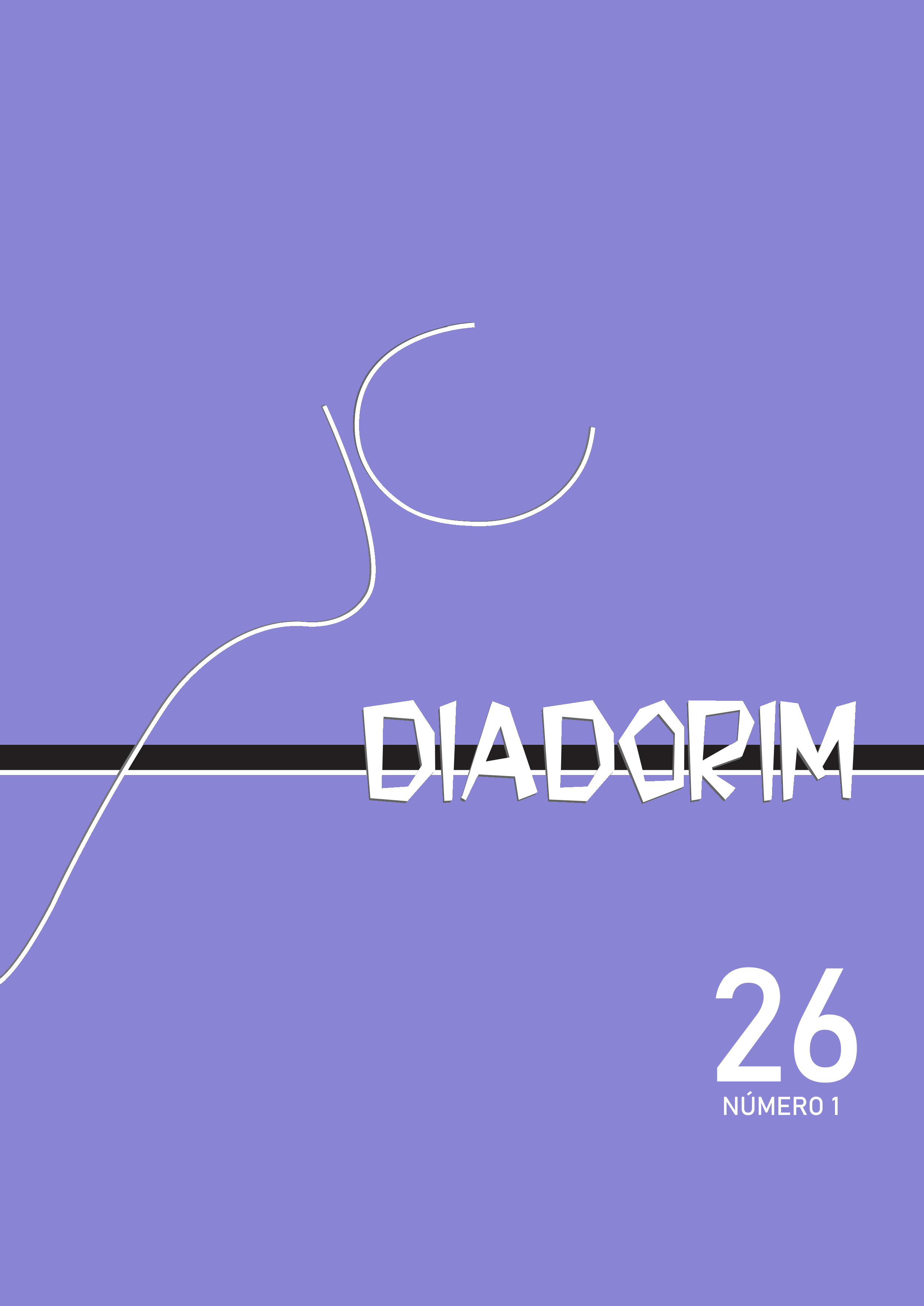Cognitive Morphology, a constructionist approach: theoretical-epistemological foundations and analysis of [X-cefalia]N constructions in Brazilian Portuguese
DOI:
https://doi.org/10.35520/diadorim.2024.v26n1a63457Abstract
This article has, as its main objective, to present the theoretical and methodological fundamentals of the Cognitive Morphology, a model proposed by Hamawand (2011) and still little known in the Brazilian territory. This formulation is aligned to Langacker’s Cognitive Grammar (1987), and to Cognitive Linguistics, in general manners. Thus, Cognitive Morphology is a constructionist model which defends morphology as semantically motivated, understanding that morphological constructions symbolically materialize cognitive operations, such as conceptualization, categorization and configuration. Furthermore, on this proposal, due to Corpus Linguistics’ presuppositions assumption, there is an explicit compromise to the treatment of usage. Therefore, Cognitive Morphology must be understood as a linguistic model based on usage. In the core of the text, Cognitive Morphology’s fundamentals are discussed in three sections (“Cognitive Presuppositions”; “Cognitive Mechanisms” and “Cognitive Operations”). An application to the Brazilian Portuguese is also presented through the analysis of the x-cefalia construction, which has established manifestations, such as microcefalia and hidrocefalia, and other innovative realizations, such as filtrocefalia ‘condition to who has a head shaped like a clay water filter’, machocefalia ‘condition to who thinks too much about men’ and bundacefalia ‘condition to who has small buttocks’. In total, 40 realizations of the pattern were analyzed, 16 of which are dictionaryized and 24 of which are non-dictionaryized. The results show that there is a prototypical usage of X-cefalia in the designation of cranial anatomy anomalies. This usage is preponderant in the medical-scientific context and, from an formal perspective, tends to exhibit erudite bases on the left-side position (microcefalia, hidrocefalia, braquicefalia). This prototype is extended to what concerns formal aspects, and innovative constructions begin to admit vernacular bases in the left position (filtrocefalia, machocefalia, bundacefalia). From the semantic perspective, the innovative usages of X-cefalia indicate three different meanings which extend metaphorical or metonymically from the prototypical usage.
Downloads
Downloads
Published
Issue
Section
License

This work is licensed under a Creative Commons Attribution-NonCommercial 4.0 International License.
Copyright transfer -- Authorization to publication
If the submitted article is approved for publication, it is already agreed that the author authorizes UFRJ to reproduce it and publish it in Diadorim: revista de estudos linguísticos e literários, the terms "reproduction" and "publication" being understood as defined respectively by items VI and I of article 5 of Law 9610/98. The article can be accessed both by the World Wide Web (WWW) and by the printed version, with free consultation and reproduction of a copy of the article for the own use of those who consult. This authorization of publication is not limited in time, and UFRJ is responsible for maintaining the identification of the author of the article.

The journal Diadorim: revista de estudos linguísticos e literários is licensed under a Creative Commons Attribuition-NonCommercial 4.0 International (CC BY-NC 4.0).

